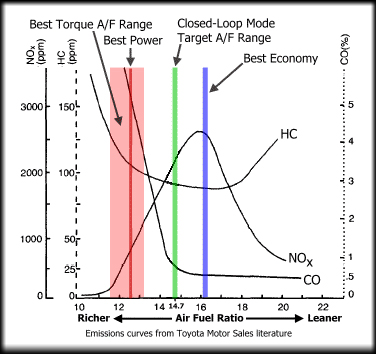Bricktothefuture
Member
- Joined
- Aug 11, 2015
- Location
- Central NH
Ok, I've been working on this car for a year and it's a few weeks away from completion. Former Kjet '79 245 now with the following -
Rebuilt NA B21F engine and head
New RSI Stage II NA cam (one of the last!)
.040 off head per recommendation from RSI and a few other folks
1st oversize flat top pistons direct from KG
Cometic head gasket
Dual Weber 45 DCOE, stock jets
Deleted A/C & P/S w/manual rack installed
Waiting on my STS Kjet injector plugs
Mechanic friend who's done this before is concerned about starting the rebuilt engine for the first time with the Webers, thinking if we're lean we could toast things quickly. So many new things going on... Aside from maybe setting the FPR on the higher side initially I'm not sure what else we can do to help. Any thoughts?
Rebuilt NA B21F engine and head
New RSI Stage II NA cam (one of the last!)
.040 off head per recommendation from RSI and a few other folks
1st oversize flat top pistons direct from KG
Cometic head gasket
Dual Weber 45 DCOE, stock jets
Deleted A/C & P/S w/manual rack installed
Waiting on my STS Kjet injector plugs
Mechanic friend who's done this before is concerned about starting the rebuilt engine for the first time with the Webers, thinking if we're lean we could toast things quickly. So many new things going on... Aside from maybe setting the FPR on the higher side initially I'm not sure what else we can do to help. Any thoughts?


